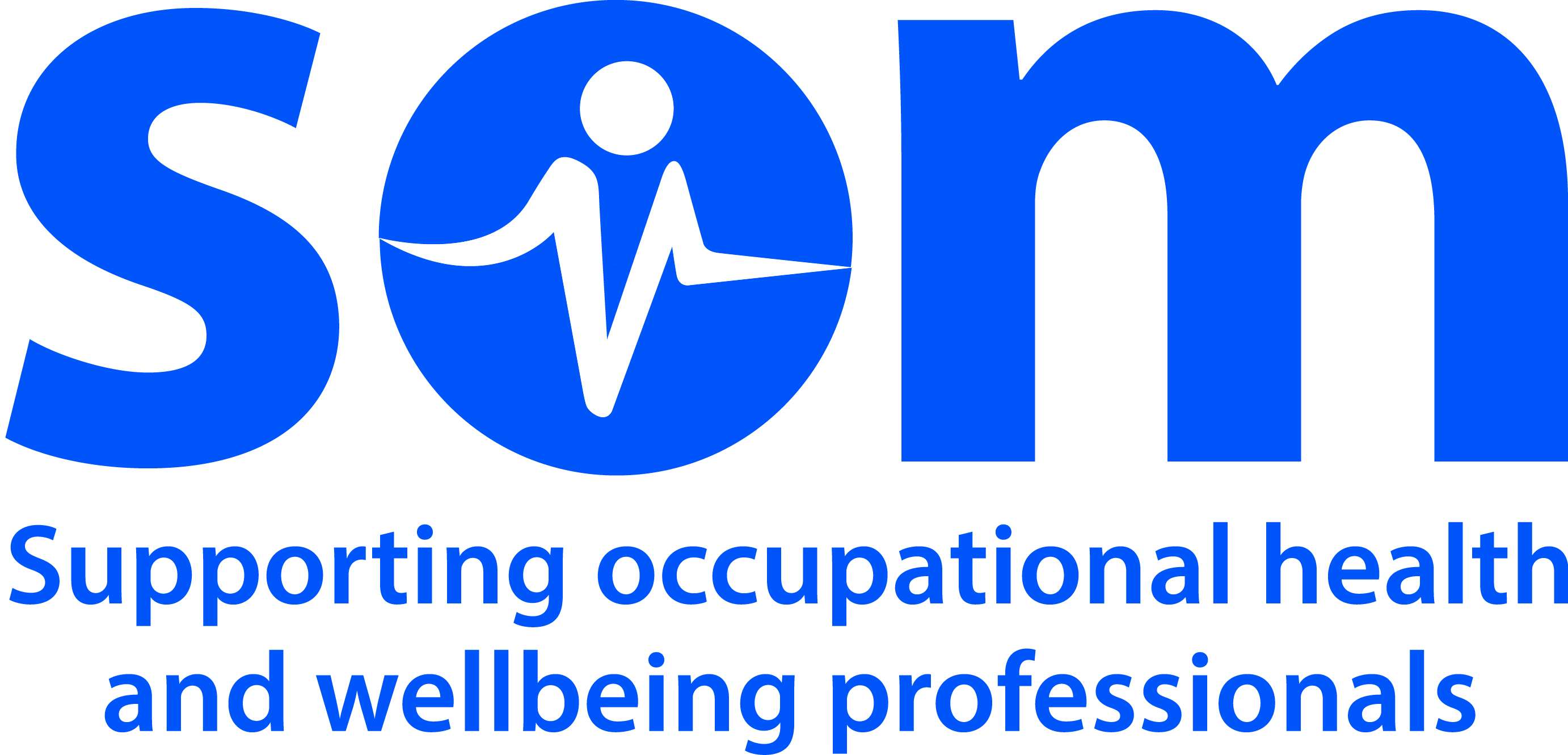Workplace stress

Occupational Health Considerations
It is possible to align workplace stress with a conventional Heath and Safety model of hazard identification and control of risk via control measures.
Many jurisdictions do not mandate any control measures for workplace stress. In countries where they do (e.g. UK, Australia) risk assessments of roles and workplaces are required with a view to implementing controls to minimising risk.
Irregular hours are not in themselves recognised as a significant factor. Workloads and lack of control over workloads are regarded as risk factors.
In worker surveys, ill-defined job roles and reporting lines rank highly as provocative factors
Worker surveys strongly suggest that technology has in general not alleviated workplace stress: many workers complain they are unsure when they are off duty and that their role can be unclear.
Organisational change can be stressful, but managers can minimise the impact of change by making employees aware of such changes in advance, their timetables, impact and by providing support.
Poorly managed employee behaviour such as talking on speakerphone, harassment, outbursts, shouting, non-attendance greatly increase stress levels amongst other employees.
Stress can be measured indirectly: Through employee assistance programs and employee surveys, employers can compare data between departments, with other similar businesses and between industries.
Clinical Aspects
Although there is little hard data proving a relation between work place stress and physical ill health, this phenmenon has been well recognised in the clinical setting for more than a century in clinical surgery: in post-operative complications and recovery rates. The impact on mental health is presently the subject of intense controversy due to litigation concerns and evidence of the connection is less circumscribed.
My reflection

